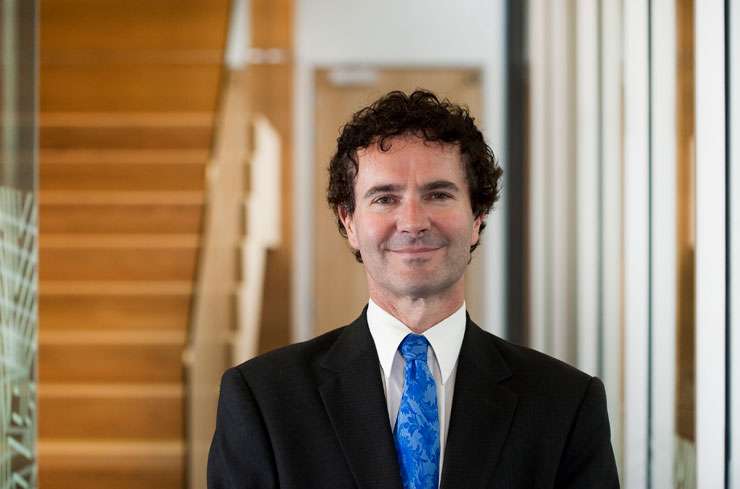Back in 2010, economies were emerging from weakness associated with the Global Financial Crisis. Output started to rise, jobs growth improved, housing markets turned for the better, and both consumer and business sentiment gauges improved.
Central banks looked at these improvements and decided the time would soon be right for removing the deep cuts in interest rates of 2008-09 in order to get ready for higher inflation. So, in fits and starts in the years from about 2010 to 2019 central banks either raised their official cash rates or signalled they intended moving them up.
READ MORE: Find out if your suburb is rising or falling
But the inflation they expected often never appeared, and instead of fighting rising prices they found themselves trying to prevent deflation. This is a situation where prices are falling and that can be dangerous because business debt levels relative to their revenues automatically get worse, and people are incentivised to hold off buying something until it falls in price.
Start your property search
But fighting deflation is hard once you get core interest rates near zero. It was in this context of deep worries about deflation that Covid-19 appeared. Central banks could see that a global pandemic could only make their concerns about falling prices return in force. So, they made a decision. Not only would they slash interest rates again and inject trillions of dollars to try and boost bank liquidity and asset prices, but they would also send a very clear signal never before sent.
Central banks issued promises that they would keep their interest rates at record low levels through to 2024. Their hope was that promises of low interest rates for many years would cause people to save less money, borrow more, spend more, and buy more assets. They decided in essence to change the risk they had been trigger happy about after the GFC. Instead of fighting expected inflation they would keep fighting deflation.

Tony Alexander: “Those scary developments may not come until late next year and 2023.” Photo / Supplied
They decided to take the risk of cutting interest rates too far, keeping them too low for too long, generating too much growth, and creating too much inflation. Why? Because fighting inflation is easy. You just raise interest rates until people cut back their spending, knowing that there is no limit to how high interest rates can go. But when fighting deflation, Japan had already shown the world that there is effectively a limit on how low you can go down of zero percent or just under it.
Central banks have decided to take the risk of inflation picking up a lot. That risk is starting to manifest itself in many countries. Inflation is rising and in the United States has reached 4.2%. Over there, the authorities, however, are of the opinion that the factors driving inflation higher are temporary and still there will not be a need for higher interest rates until 2024.
But some central banks are wavering and the biggest step back from blindly assuming inflation won’t be a problem for three years came last week when our own Reserve Bank predicted that they will start raising their cash rate 1.5% starting from just after the middle of next year. They are the only central bank so far to have published such a track of rising borrowing costs post-Covid-19.
Because their outlook broadly matches what New Zealand financial markets had been pricing in anyway there was no great move upward in New Zealand bank borrowing costs and nothing beyond a small blip up in the New Zealand dollar. But what they did was fire a shot across the bows of rising inflation expectations. History tells us that such warnings generally count for very little and ultimately need backing up with a few interest rate scares.
Those scary developments may not come until late next year and 2023. But before then other central banks are likely to start pulling back from promising near zero official interest rates through to 2024. As they do, we can expect extra upward pressure on the prices banks must pay to borrow money for fixed time periods in order to lend as fixed mortgage rates.
We can’t pick the timing of increases in bank fixed mortgage rates with any great accuracy, let alone how high rates go and when they start falling again. But the writing is firmly on the wall for the record low borrowing cost environment which Kiwis have enjoyed now for almost two years.
An astute borrower might want to think about that before blindly deciding to keep all debt fixed for just one year. And just quickly, what happens in the housing market when people start expecting decent fixed mortgage rate rises? There is a rush of buyers looking to secure a property and lock in a rate before those cost increases come through. After that, housing restraint starts to set in.
- Tony Alexander is an economics commentator and former chief economist for BNZ. Additional commentary from him can be found at www.tonyalexander.nz












